The goldfish plant grows with long stems that can reach up to 3 feet in length. This plant has orange, yellow, or red flowers that resemble a goldfish and glossy green leaves.
These plants (Columnea nematanthus) are native to Southern Mexico, Brazil, and Costa Rica This plant is an epiphyte so it grows by attaching itself to another tree of plant. The plant absorbs moisture and nutrients from the rain, air, and debris that accumulates around it.
The goldfish plant can be a trickier houseplant to grow, but with the right knowledge and proper care you can be successful in keeping it.

Because this plant is an epiphyte, you will need to provide it with a very light and well draining potting medium. This can be achieved by using a number of different mixes. This plant will do well in a mixture of sphagnum and peat moss. But it can also thrive in a blend of light potting soil, perlite, and some orchid bark.
How do I encourage my goldfish plant to bloom? This plant will need a few different care points in place in order to bloom. Keep fertilizing regularly, a fish based fertilizer with lots of nitrates and high in phosphorus will be great for this plant. The plant will need many hours of bright indirect light in order to bloom. Prune in late winter when the plant is most likely in its dormant state.
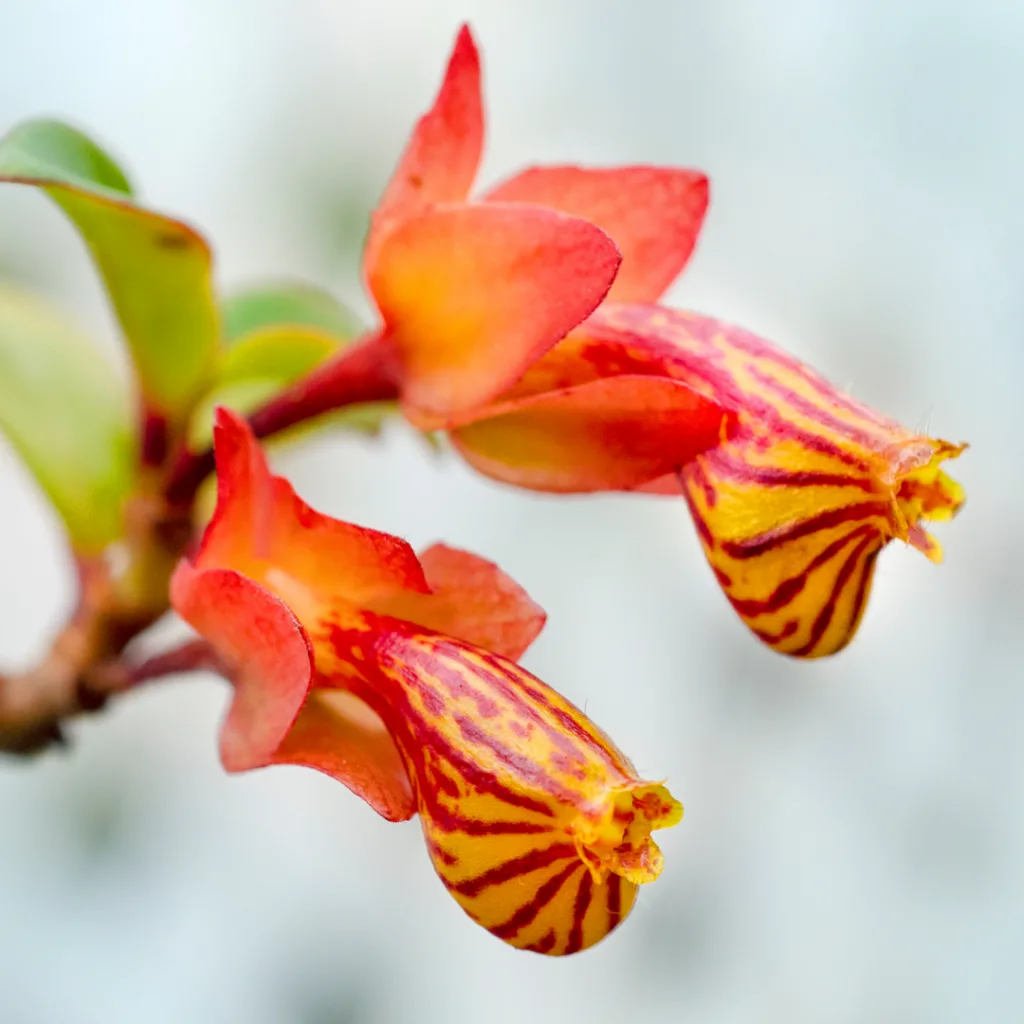
Other Epiphyte Plants:
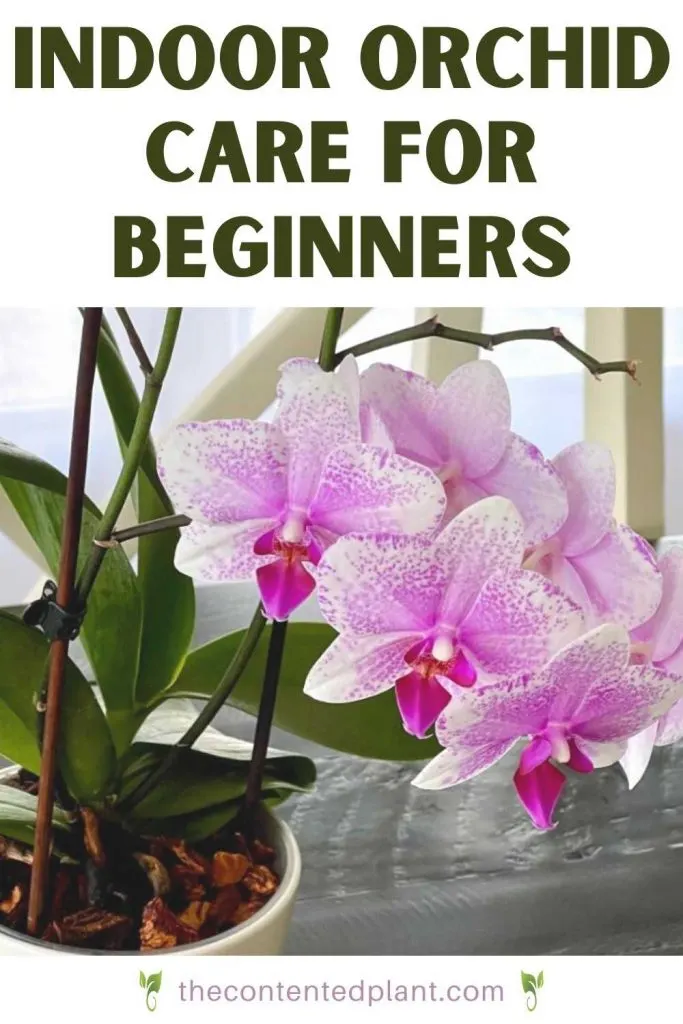
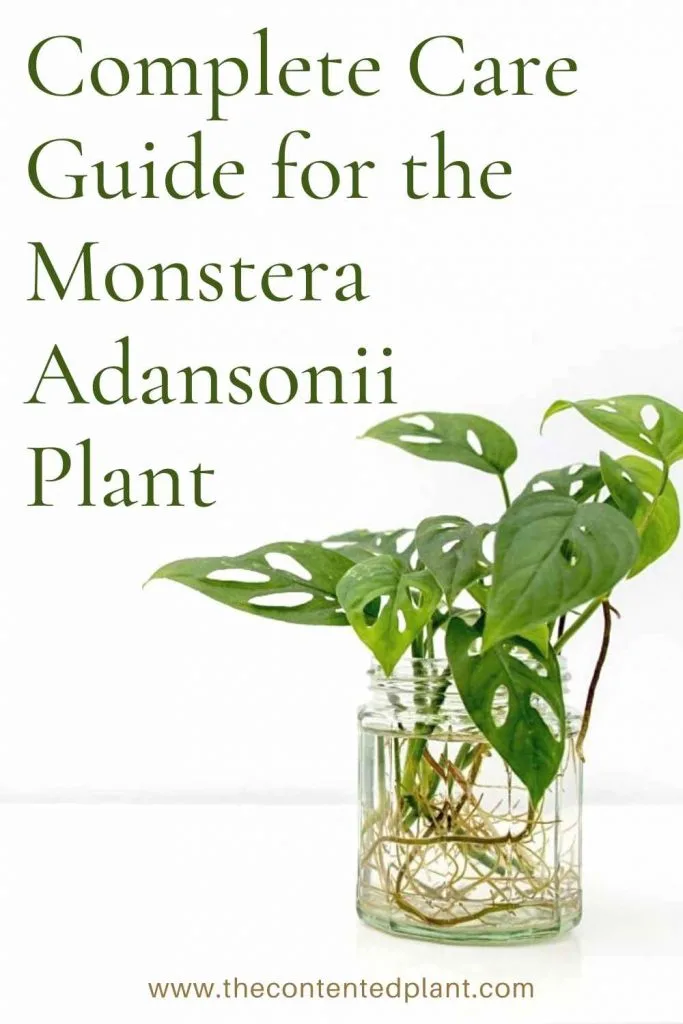
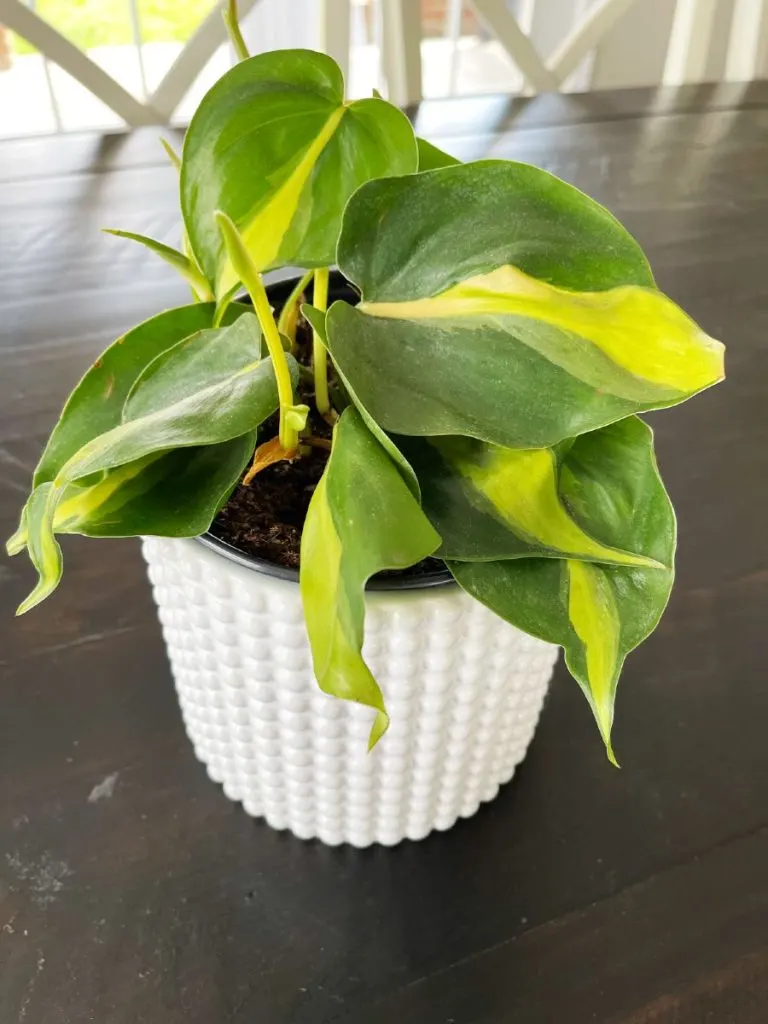
This plant is a relatively slow growing plant. It has short roots and will not need to be repotted except for every few years. Prune this plant to keep it growing in a bushy pattern and to avoid a leggier look. You can pot this plant in a hanging basket or keep it as a table top plant.
We have compiled the care tips for the goldfish plant in this printable care guide below.
Goldfish Plant Care Guide
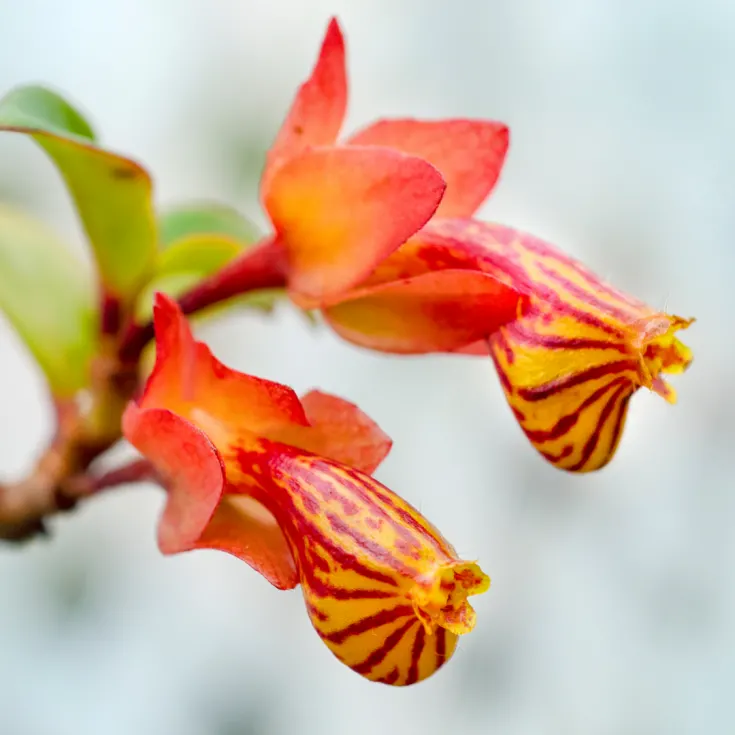
Goldfish plants are beautiful houseplants with orange, red, or yellow blooms.
This lovely plant can thrive as a houseplant with the proper attention and care.
Materials
Tools
Instructions
Soil Preference:
- This epiphyte requires a light soil.
- A mix of potting soil, orchid bark and perlite will keep the roots happiest.
- Our mix for this plant is 60% potting mix to 20% perlite and 20% orchid bark.
- Mix the ingredients in a large bowl to create your mix. Use a mask when working with dry perlite.
- A light and quick draining soil is best for this plant
- A heavy soil potting mix is not recommended for goldfish plants.
Pot Size and Type:
- Goldfish plants can be grown in pots that fit the root size.
- This plant likes to be slightly pot bound.
- Any well drained pot can be used. It MUST have drainage.
- Repot every 2-3 years This plant can go longer than most plants in a smaller pot due to its shorter root length.
- Don't jump to a huge pot from a small one.
Lighting:
- Goldfish plants enjoy lots of bright indirect.
- The plant will not bloom without optimal amounts of sunlight
- For optimal growth and blooming set the plant in bright indirect light.
- Shield this plant from strong direct light in summer south and west sunny windows. The leaves will burn.
- Tip: Window sheers or blinds can offset some brief periods of high direct light.
Watering:
- Water your goldfish plant when it is dry an inch down. This plant enjoys moist soil but will not do well with constantly wet roots. Try a watering schedule of every other week.
- Watering is best done on a regular schedule so the plant is not over or under watered. Both can cause stress on the plant.
- This tropical plant enjoys humidity. In dry climates these plants will thrive with a humidifier nearby. or set it in your kitchen or bathroom. For a really dry climate frequent misting will help.
- Avoid getting leaves wet when watering.
- In dormant winter months reduce watering to when the soil is dry down halfway .
- Never let this plant get wet feet. If the soil is compacted the bottom of the soil can remain wet which encourages root rot and Fungus Gnats. If you see yellow leaves you are probably overwatering.
How to Fertilize:
- Apply a good quality balanced fertilizer (linked in materials) or bloom boosting orchid fertilizer monthly through Spring and summer.
- Decrease feedings by late Fall and allow your plant to rest through the winter months.
- Look for brown spots on the leaves of your goldfish plant. This may indicate an over concentration of salts in the roots from over feeding. It can burn the leaves.
- The remedy is to set the plant under a faucet of water and let the water run through for 10 minutes or so to flush out the extra salts.
- Allow the pot to Completely drain. Discontinue fertilizer until the plant recovers.
Temperature:
- Keep at a low of 65 Degrees F. to upward of 85 Degrees F. It enjoys warmth and humidity.
Pruning and Training:
- Goldfish plants tend to grow leggy. Pruning them back helps maintain a well shaped plant.
- Sharp Hand pruners are preferred for pruning. They will give a clean cut that will heal quickly.
- Wear gloves to prune this plant.
Pests:
- All plants can get attacked by pests.
- Stress by longterm poor watering practices, poor light, extreme temperatures and soil conditions are contributors to pests.
- Spider mites, mealy bugs, scale, thrips and whitefly are the most common houseplant pests you will see.
- Read our post on How to get rid of aphids and other pests with our homemade pesticide soap recipe or neems oil.
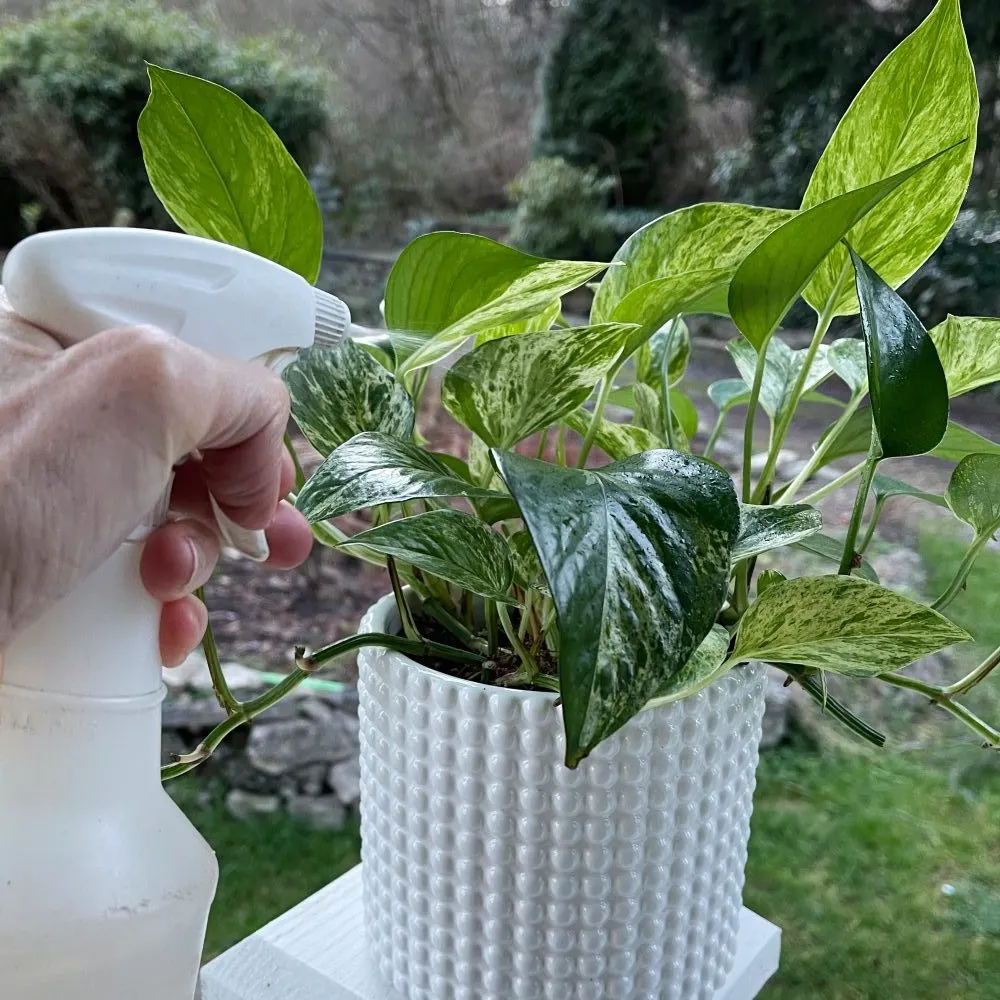
- To minimize the possibility of pests be sure to check all nursery plants before bringing them home.
- Quarantine all new plants until you are sure no pests live in them.
How to Propagate Goldfish plants:
Propagate through stem cuttings
Cut below the node on the stem of the plant with clean scissors.
Remove the bottom 4 leaves off the stem.
Place stem cut side down in water or moist soil.
Roots should grown within 3-4 weeks.
Plant in soil when roots are 2-3 inches long.
Toxic Plant:
This plant is mildly toxic
If ingested it could cause abdominal discomfort, diarrhea, vomitting, and other unpleasant symptoms.
Common problems with this plant include leaves dropping. This can be an indication of overwatering, under watering, or your plant going into a dormant rest period. If you check the roots and there is no apparent root rot (mushy brown roots that are slightly smelly) your plant might be resting. Place it in a lower light area and decrease watering.
Follow Us:
Find us on YouTube, Instagram , Pinterest and TikTok! We love to Plant chat. We also comment, like and occasionally share your content to our daily stories. We’d love to see your plants. Share your joy in your houseplants. Happy Planting!
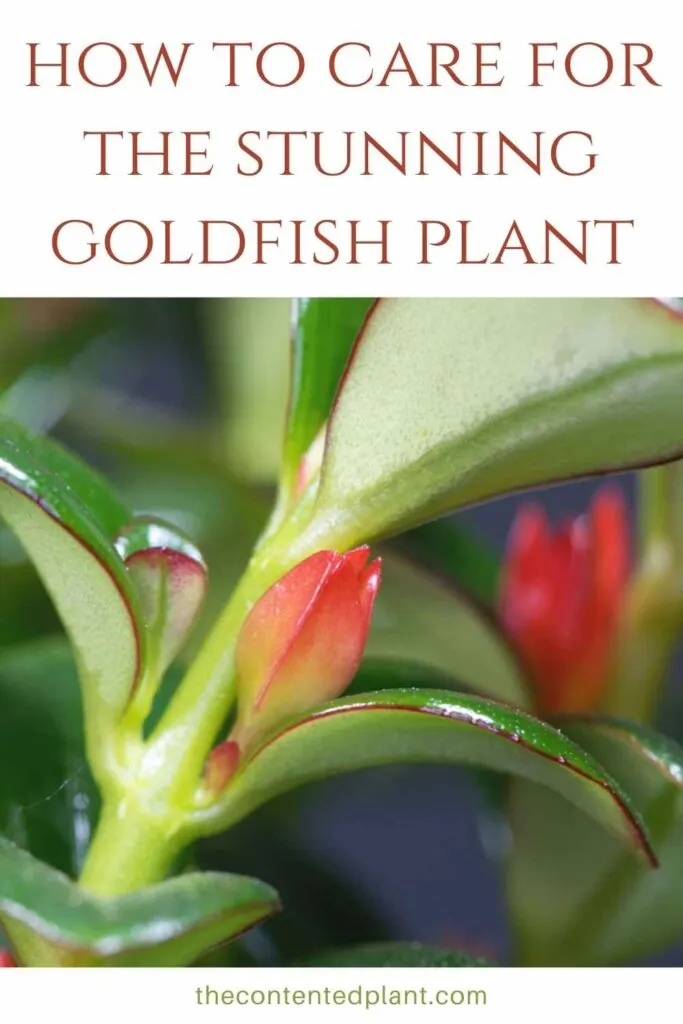
Read more about epiphytes and how they grow and thrive in the wild.

Lipstick Plant - The Contented Plant
Friday 7th of April 2023
[…] plant is native to Southeast Asia. It resides in the Gesneriaceae plant family, along with the goldfish plant and African […]